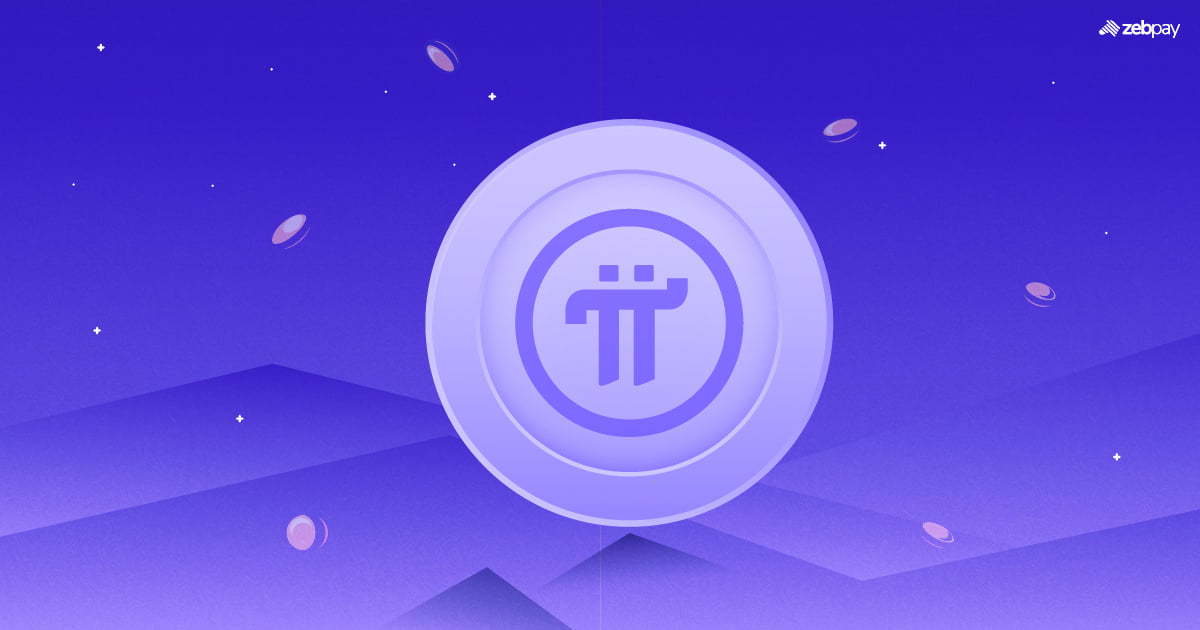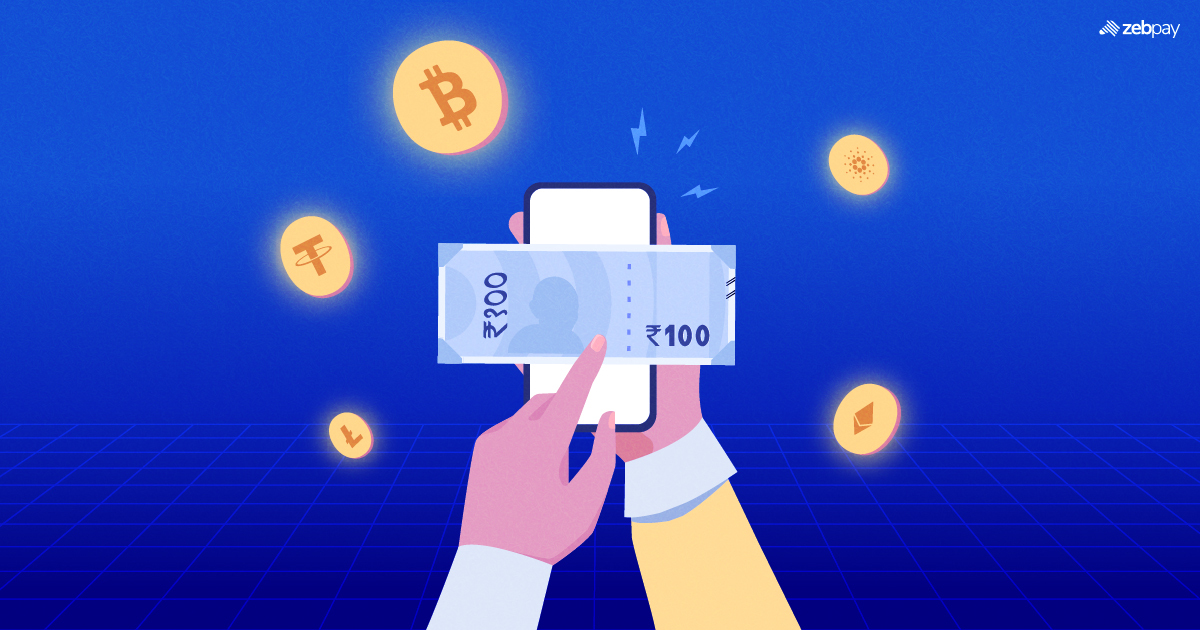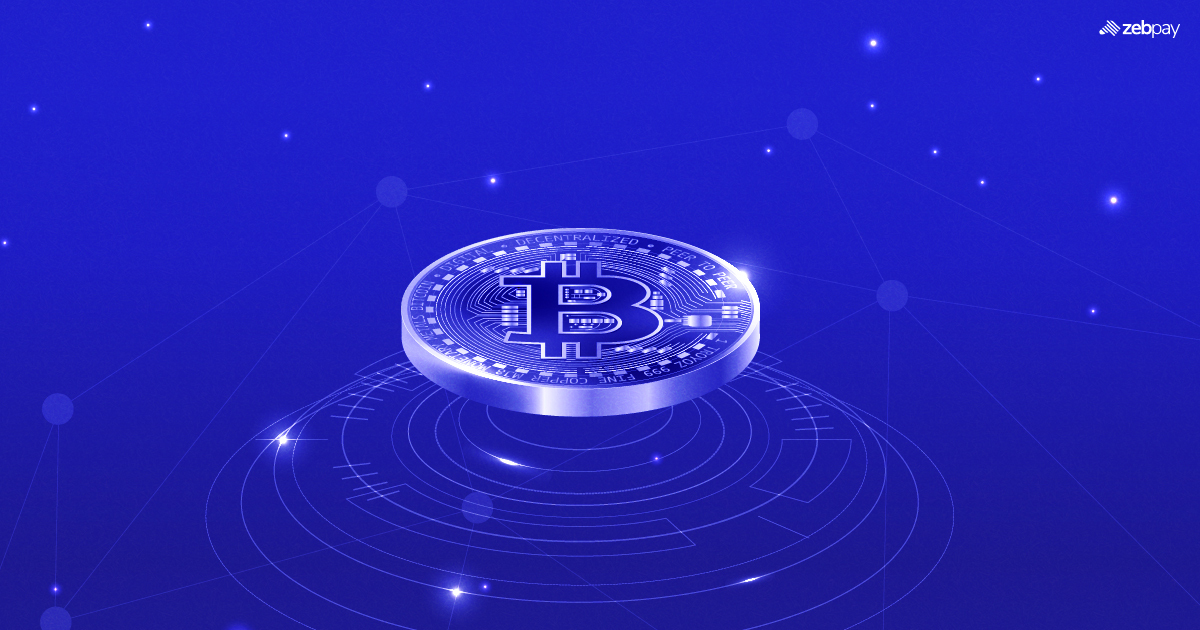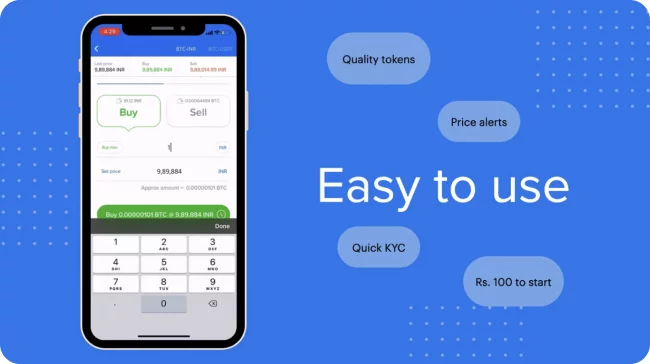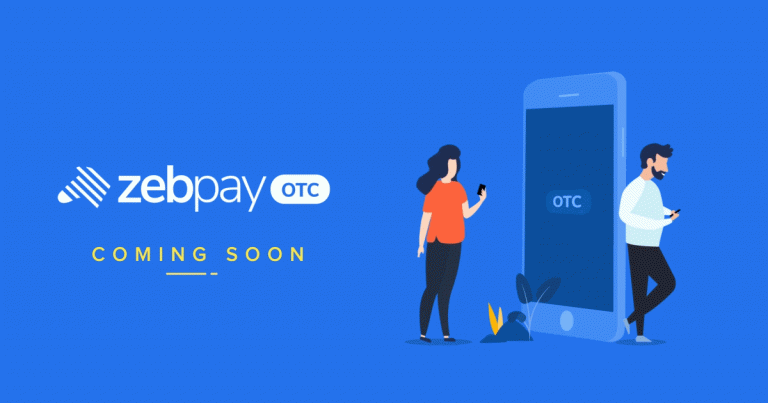Pi Network introduces a new direction for crypto mining by making the experience easy, low-energy, and entirely smartphone-based. Users can contribute to the network with a simple tap—no expensive rigs, noise, or heavy electricity usage required.
Launched in 2019 by Stanford alumni Nicolas Kokkalis and Chengdiao Fan, the platform focuses more on community participation than computational power. Users stay engaged by logging in once every 24 hours, making it one of the most beginner-friendly entry points into crypto.
By eliminating the traditional limitations of mining, Pi Network offers a more inclusive and environmentally considerate way to get involved with digital currencies, placing emphasis on user participation and straightforward onboarding rather than technical complexity.
How does Pi Token Work?
Unlike proof-of-work networks like Bitcoin, Pi uses a customized form of the Stellar Consensus Protocol (SCP), allowing transactions to be confirmed quickly and efficiently without the huge energy demands of industrial mining. This keeps the chain lightweight, eco-friendly, and usable for everyday participants.
Earning Pi is designed to be effortless—users simply open the app and tap to start collecting tokens, with no need for specialized equipment, setup, or technical knowledge. To maintain trust in the system, each participant is restricted to one verified account and node. Users who run a desktop node can also access expanded functions such as live account information, community tools, and additional features.
Rather than charging transaction fees, Pi Network supports itself through unobtrusive in-app advertising shown during mining activity. This approach keeps the platform free to use while helping fund development, improvements, and long-term ecosystem expansion.
Mining Pi Token: Anyone Can Do It
Pi Network began as a mobile-focused mining project, allowing users to earn Pi by using the app and forming “security circles” with trusted members. This social approach not only helped build a strong community but also increased network integrity by reducing fake or duplicate accounts. As the platform grew, Pi expanded beyond mobile by releasing desktop Node software, giving users the chance to support transaction processing and participate more deeply in network activities.
A major turning point came on February 20, 2025, with the launch of the Open Network phase. This transition shifted Pi from a closed environment to a fully operational blockchain capable of interacting with other networks. It opened the door for exchange listings, cross-chain features, and broader real-world use. With this milestone, Pi Network moved significantly closer to its goal of delivering accessible cryptocurrency powered by everyday users around the world.
Future of Pi Token
The Pi Network team has outlined a multi-phase roadmap aimed at driving mainstream adoption of the Pi token, particularly among merchants. Their long-term vision involves creating a decentralized ecosystem where users can deploy and manage smart contracts, with the Pi token serving as the foundation of a vibrant peer-to-peer marketplace. The ultimate goal is to make Pi a convenient, everyday digital currency for exchanging goods and services via mobile devices.
The transition to the Open Network marked a major milestone by introducing external connectivity to Pi’s layer-1 blockchain. This advancement enables Pi to interact with other networks, expanding real-world utility for users and businesses alike. With Mainnet access extended beyond Pi’s internal ecosystem, Pioneers can now conduct transactions on approved external platforms.
Although the firewall has been lifted, participation in the Mainnet will be phased. While technically open to all, the Core Team will prioritize transitioning Testnet nodes to the Mainnet based on historical performance and reliability scores. This structured rollout ensures network integrity, and public visibility into node rankings will be provided to maintain transparency.
Read more: Pi network Price Prediction
Conclusion
Pi Network is positioning itself as a simpler and more eco-friendly gateway into crypto assets. By allowing mining through everyday devices such as smartphones and basic computers, it removes many of the cost and complexity challenges that often deter new users, making participation straightforward and attainable for a worldwide audience.
The project’s vision centers on creating a decentralized ecosystem powered by its community. Moving into the Open Network era represents a major advancement, paving the way for broader interoperability, practical applications, and deeper links with the wider blockchain landscape.
Ultimately, Pi’s long-term success will depend on tangible progress and widespread use. Continued development, an expanding range of applications, and strong real-world value will decide whether the project becomes a significant force in crypto or remains an ambitious experiment. As with all emerging technologies, users should stay educated, assess carefully, and conduct proper due diligence before engaging.
If you found this blog to be useful, do share it with other like-minded crypto enthusiasts. Click on the button below to begin your crypto trading journey using ZebPay!

